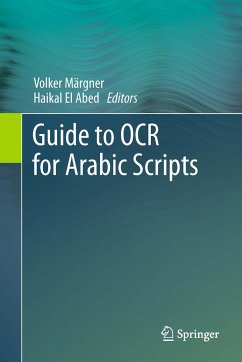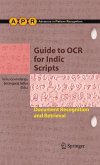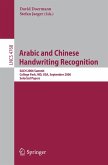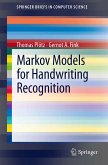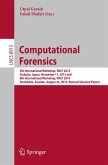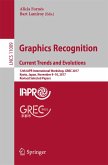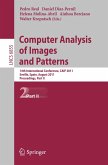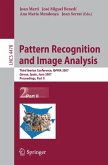Optical Character Recognition (OCR) is a key technology enabling access to digital text data. This technique is especially valuable for Arabic scripts, for which there has been very little digital access.
Arabic script is widely used today. It is estimated that approximately 200 million people use Arabic as a first language, and the Arabic script is shared by an additional 13 languages, making it the second most widespread script in the world. However, Arabic scripts pose unique challenges for OCR systems that cannot be simply adapted from existing Latin character-based processing techniques.
This comprehensive Guide to OCR for Arabic Scripts is the first book of its kind, specifically devoted to this emerging field. Presenting state-of-the-art research from an international selection of pre-eminent authorities, the book reviews techniques and algorithms for the recognition of both handwritten and printed Arabic scripts. Many of these techniques can also be applied to other scripts, serving as an inspiration to all groups working in the area of OCR.
Topics and features:
This authoritative work is an essential reference for all researchers and graduate students interested in OCR technology and methodology in general, and in Arabic scripts in particular.
Arabic script is widely used today. It is estimated that approximately 200 million people use Arabic as a first language, and the Arabic script is shared by an additional 13 languages, making it the second most widespread script in the world. However, Arabic scripts pose unique challenges for OCR systems that cannot be simply adapted from existing Latin character-based processing techniques.
This comprehensive Guide to OCR for Arabic Scripts is the first book of its kind, specifically devoted to this emerging field. Presenting state-of-the-art research from an international selection of pre-eminent authorities, the book reviews techniques and algorithms for the recognition of both handwritten and printed Arabic scripts. Many of these techniques can also be applied to other scripts, serving as an inspiration to all groups working in the area of OCR.
Topics and features:
- Contains contributions from the leading researchers in the field
- With a Foreword by Professor Bente Maegaard of the University of Copenhagen
- Presents a detailed overview of Arabic character recognition technology, covering a range of different aspects of pre-processing and feature extraction
- Reviews a broad selection of varying approaches, including HMM-based methods and a recognition system based on multidimensional recurrent neural networks
- Examines the evaluation of Arabic script recognition systems, discussing data collection and annotation, benchmarking strategies, and handwriting recognition competitions
- Describes numerous applications of Arabic script recognition technology, from historical Arabic manuscripts to online Arabic recognition
This authoritative work is an essential reference for all researchers and graduate students interested in OCR technology and methodology in general, and in Arabic scripts in particular.
Dieser Download kann aus rechtlichen Gründen nur mit Rechnungsadresse in A, B, BG, CY, CZ, D, DK, EW, E, FIN, F, GR, HR, H, IRL, I, LT, L, LR, M, NL, PL, P, R, S, SLO, SK ausgeliefert werden.

